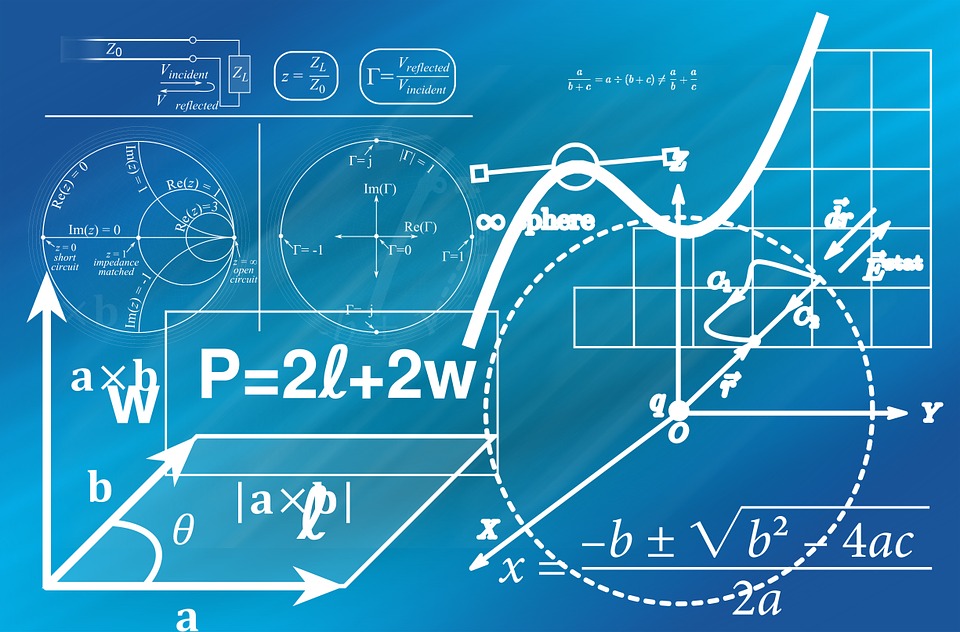Efficiency is a very important term in brewing as understanding your efficiency gives you greater control over your original gravity, greater repeatability and a better understanding of how much grain is required in your recipe. Efficiency is to do with the ‘potential’ of grain. Each grain you use in your grain bill has a ‘potential’ amount of sugar, per pound, that grain can contribute. This is assuming perfect lab conditions that you are extracting the maximum amount of sugar possible but if, for example, we look at Belgian Pilsner malt, this has a potential of 1.036. (For a good list of the potentials of different malts, see here.
We can then use this potential to calculate our gravity at 100% efficiency. So our potential is 1.036. If we drop the 1 and multiply by 1000 we get 36 points. If we are using 6 pounds of grain in a 5 gallon recipe we can calculate (36 x 6 / 5) = 43.2 which means if we were to use that amount of Pilsner malt at 100% efficiency we could expect a gravity of 1.043.
100% efficiency is extremely unlikely though. You will always experience losses and the difference between this perfect gravity and the gravity you actually get is the systems efficiency.
To further complicate things, efficiency can be measured in a few different ways. Firstly, we can look at mash efficiency. Mash efficiency, as you may guess, is the percentage of those potential sugars that are extracted during the mash. Using our potential above and an assumed efficiency of 80% we can calculate;
43 * 80% = 34.4
Mash efficiency only takes into account losses during the mash so what this means practically is that with an 80% mash efficiency, our pre-boil gravity should be 1.034. It will take a little bit of trial and error to dial in your mash efficiency.
The other measure of efficiency is ‘brewhouse’ efficiency. This includes those further losses that all brewers experience such as boil off, transfer losses and losses to trub. Brewhouse efficiency captures all of this plus your mash efficiency.
With brewhouse efficiency we assume somewhere in the region of 72%. If we tie this in with our Pilsner malt example we get 43 x 72% = 30.96 which, in practical terms means we can expect an original gravity of 1.031 at 72% Brewhouse efficiency. As you brew more batches you can adjust this percentage until you can accurately predict your original gravity and then you will know your brewhouse efficiency which is important when planning your recipes
So that is what we mean by efficiency in a brewing context. As always if you have any questions, feel free to leave comments below or email us at [email protected]
